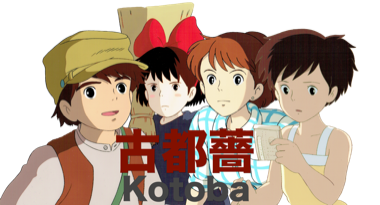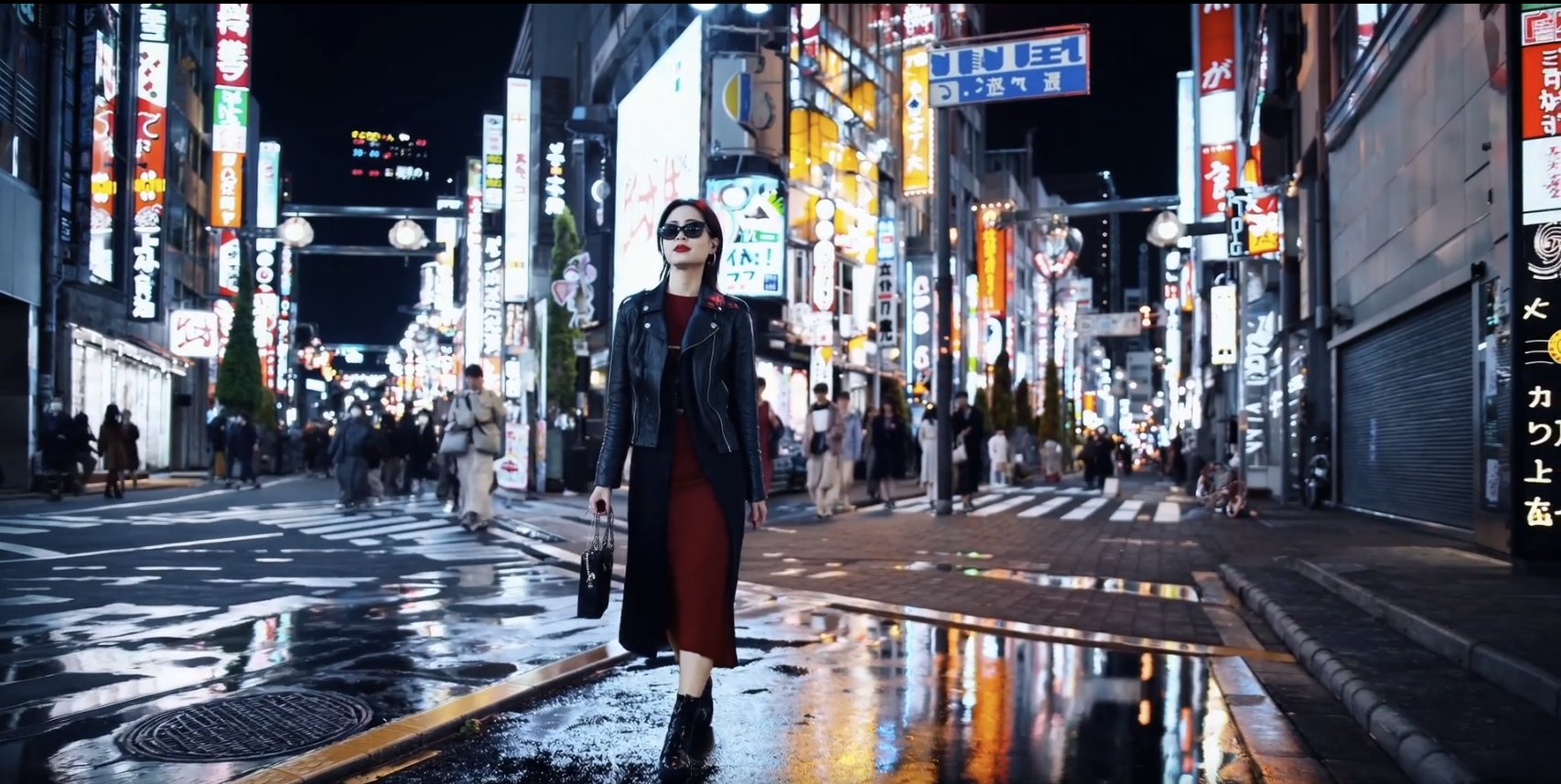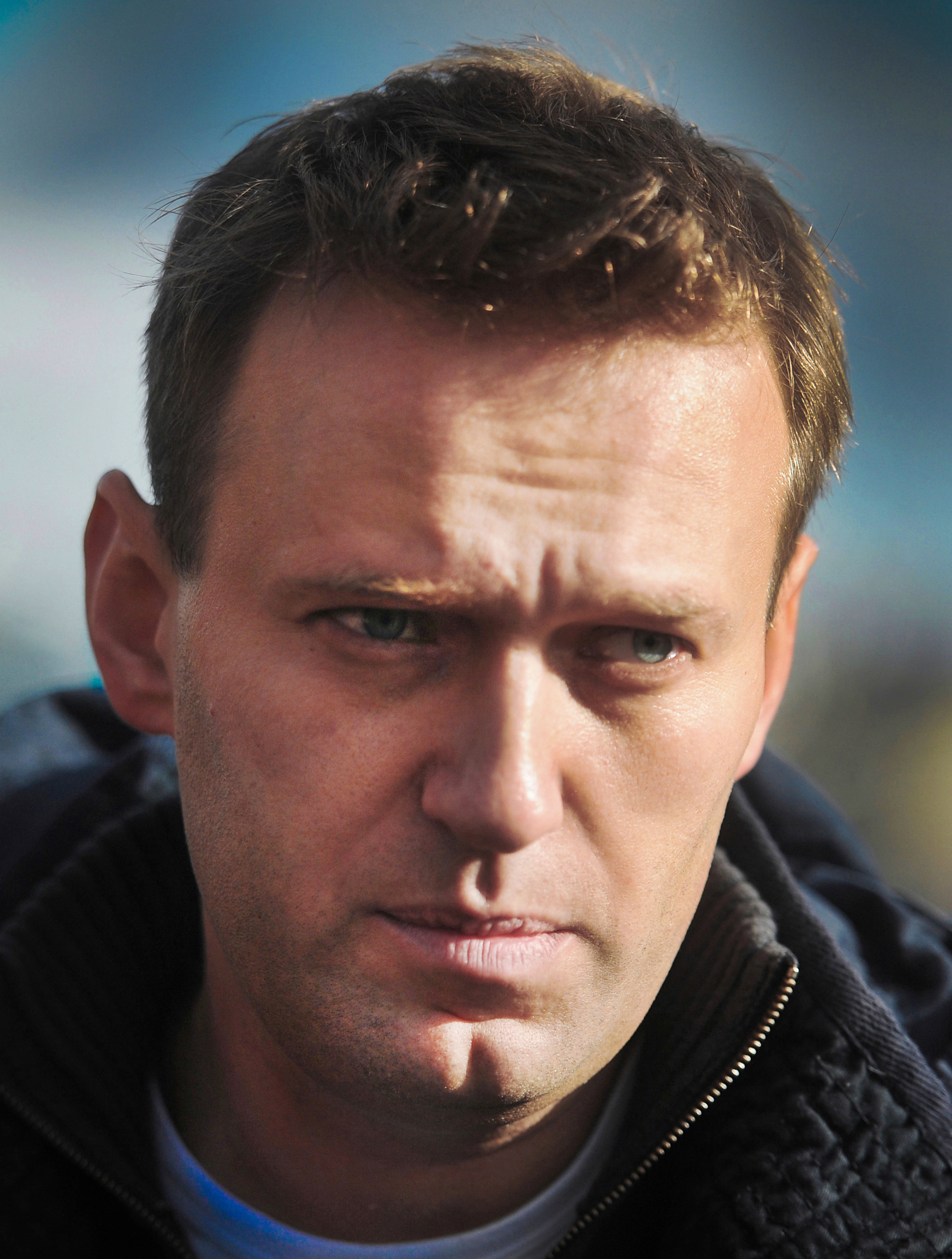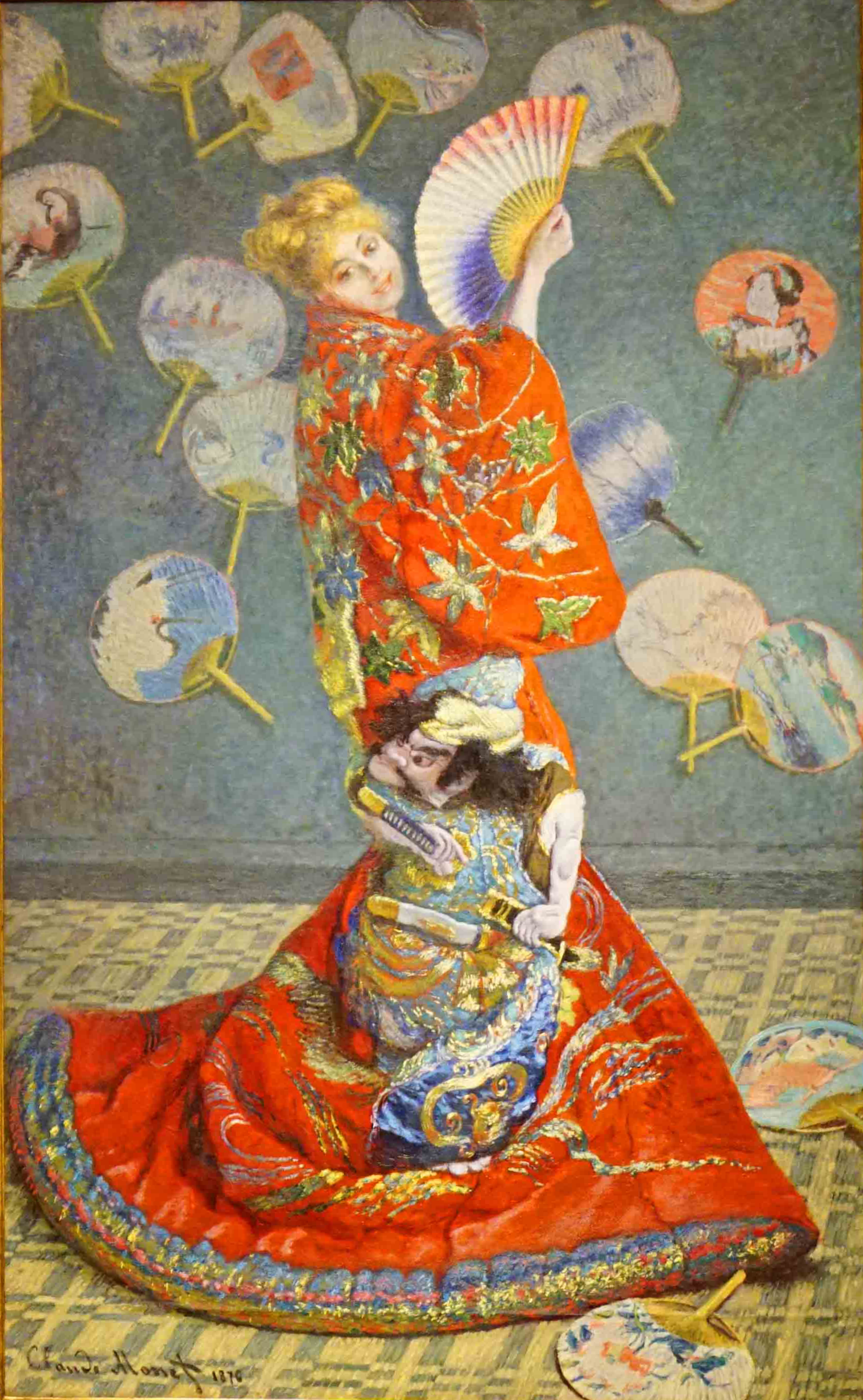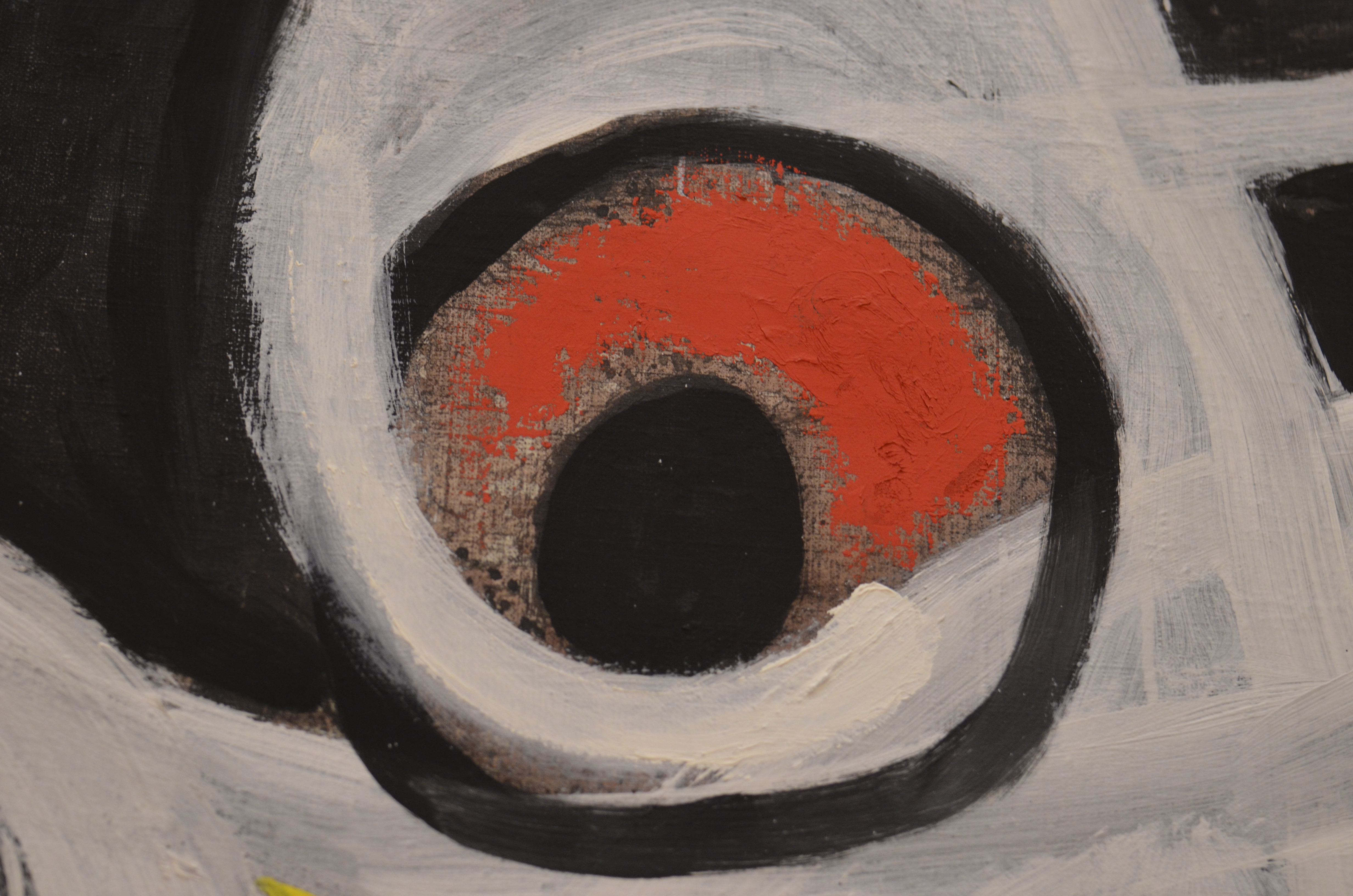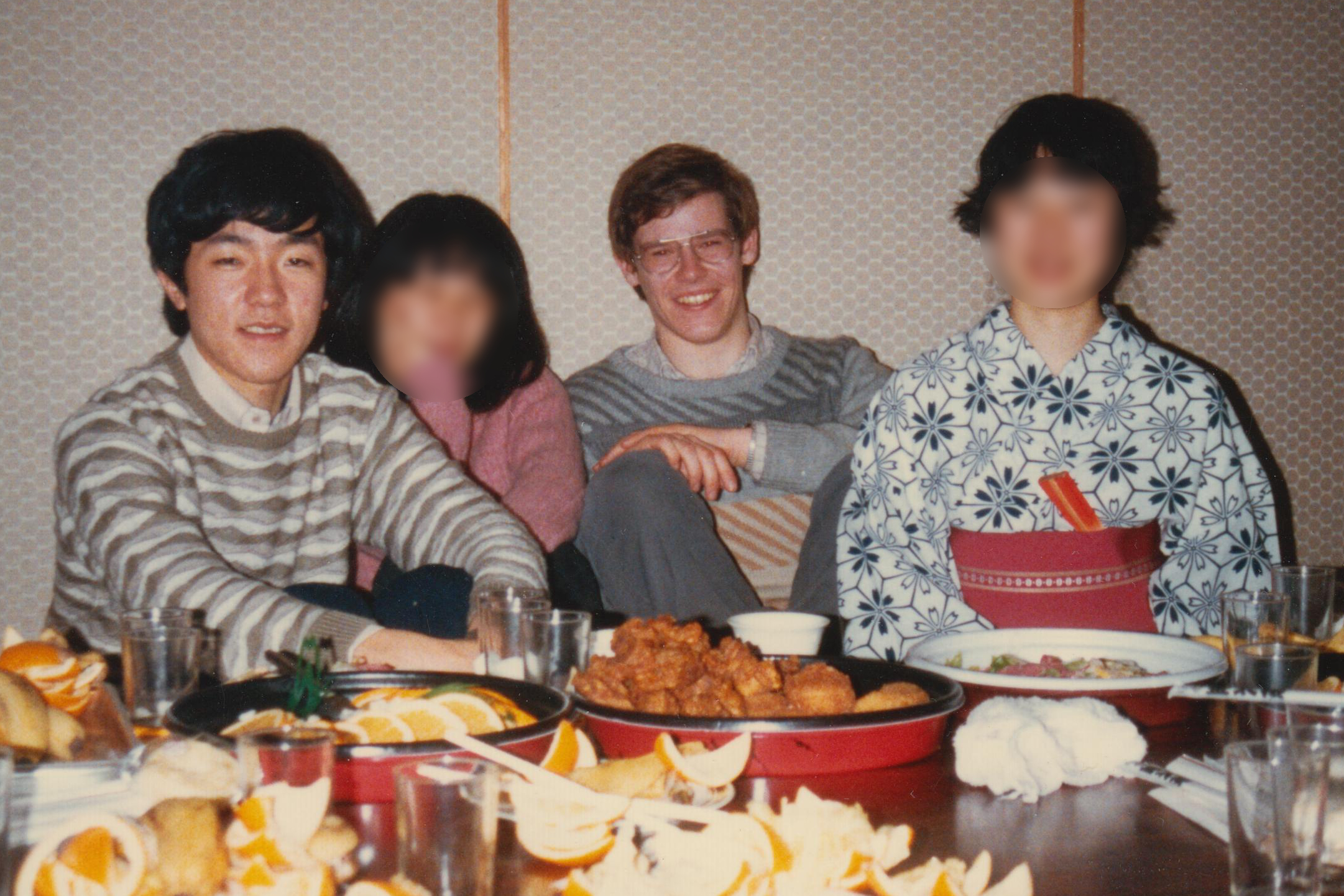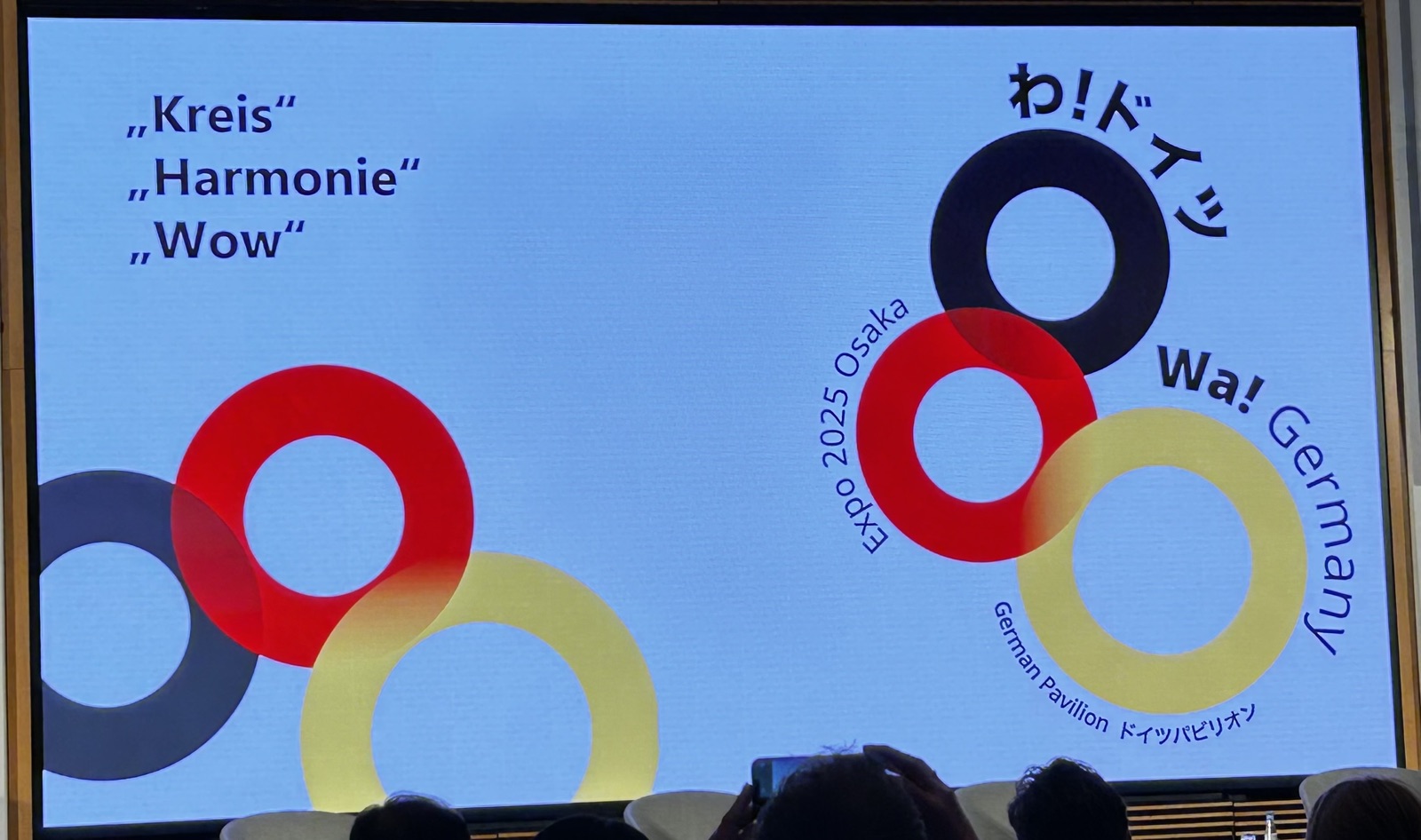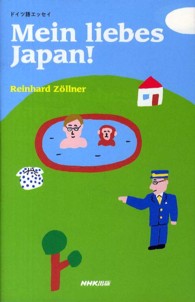Under the title „How Will You Live?“ – 君たちはどう生きるか Kimitachi wa dō ikiru ka — the writer Yoshino Gensaburō 吉野源三郎 (1899-1981) published a novel in 1937 whose main character is a 15-year-old middle school student who experiences all kinds of unpleasant things in school life. His uncle helps him nevertheless to decide on a path that is turned towards people and characterized by humanity.
Japan’s master director Miyazaki Hayao 宮崎駿 (b. 1941) has chosen the same title for what will probably be his last film, which premiered in Japan’s cinemas today, July 14, 2023. But the points of contact with Yoshino’s novel are only indirect. But no one outside Studio Ghibli could have known that before the public came – because there was no publicity for the film, no advance notice other than the title and a poster. Even the cinemas were in the dark until the last moment, even two weeks ago they didn’t even know if the film would be released at all. At the screening itself, unlike usual, there were no handouts, no accessories, no e-conte – so it was like poking in a black box for the visitors.
The film plot
Miyazaki had indicated he would also use autobiographical motifs in the film. He kept his promise – in a way, but differently than many might have expected.
The film begins with the bombing of Tōkyō during World War II. The exact time given is „the 3rd year of the war“; what is probably meant is 1944, 3 years after Pearl Harbor (which historically coincides with the beginning of the air raids). Fourth-grader Maki Mahito 牧真人 (a speaking name: „Mahito“ means „the sincere one“; the family name „Maki“ means „shepherd“; thus something like „the good shepherd“) witnesses the dreaded American incendiary bombs (焼夷弾 shōidan) turn the city into a sea of flames. His mother is killed in the process. This experience and the loss of his mother haunt the boy in his later dreams; he is also seen crying.
After these dramatic opening credits, Mahito’s voice is heard off-screen as the narrator; thus, viewers already know that he will survive the story that now follows.
With his father Shōichi, Mahito moves to the countryside. There, his mother’s family owns an estate. His father is now dating Natsuko, the younger sister of Mahito’s mother, who is also already pregnant. (How this is related in time remains unclear. Obviously, some time has passed since his mother’s death; otherwise, one would have to assume that his father had a prior relationship with Natsuko). Mahito, however, has a hard time with the new mother and the new environment. The servants of the house consist of strange old people who have apparently been in the service of the family for a very long time. His father runs a factory in town that makes cockpits for military aircraft, which is one of the autobiographical elements of the film: Miyazaki’s father was also involved in the production of war planes. Mahito, meanwhile, is supposed to go to school, but after the first day of school, which ends in a quarrel with his classmates, he inflicts a head wound on himself with a stone and has to be treated by a doctor as a result. In this way, however, he manages to be exempted from school, and thus gains time to deal with a mysterious tower on the property of the estate, the access to which is buried. It is said that the tower was built by his mother’s great-grandfather, who subsequently disappeared into it without a trace. Mahito is also constantly approached and even attacked by a gray heron (called 青鷺 aosagi, meaning „blue heron“, in Japanese because of its blue head feathers), which seems to be able to talk. In any case, he still haunts Mahito in the latter’s nightmares, claiming, „I was waiting for you — your mother is still alive, come with me!“ Thereupon Mahito makes himself a bow and arrow. He has incorporated a feather of the crane into the arrow; to his surprise, the arrow thus develops into a semi-active search head. But before the great adventure begins, Mahito finds a book on his desk that his mother wanted to give him: the very Kimitachi wa dō ikiru ka from which the film takes its title. He begins to read it. Then he learns that Natsuko has disappeared. He sets out to find her, accompanied by the old, rather disgruntled servant Kiriko. They follow Natsuko’s tracks to the suddenly wide-open entrance to the mysterious tower. Above the entrance is the programmatic motto
fecemi la divina podestate, la somma sapienza e ’l primo amore.
It is a famous quotation from the 3rd canto of Dante’s Divine Comedy, „I was made by the divine omnipotence, the supreme wisdom and the first love.“
In the tower, the gray heron is already waiting for Mahito, luring him with the promise of showing him his mother. But this is only a deception. A fight ensues, Mahito hits the bird with his arrow, and it turns out that the gray heron is actually another creature, which I think is a kind of tengu 天狗: He can fly, fight, lie, and has a red nose — all characteristics that apply to this mythical creature. An enigmatic figure at the top of the tower asks the tengu to lead Mahito to Natsuko. As a result, Mahito and Kiriko sink into the floor.
Mahito now finds himself on an unknown beach. In the background, sailboats show in the evening sun. He discovers a huge dolmen tomb on land, in front of which is a golden gate with the inscription:
Whoever learns from me will die. (Ware wo manabu mono wa shi su.)
This is also a quote, this time from a Chinese poet name Li Yong (674–747). In full it reads, „He who resembles me is ordinary; he who learns from me will die.“ (似我者俗,学我者死) What the quote is supposed to mean here is not made clear in the film. But of course Mahito is not deterred by this and opens the gate; at that moment hordes of wild pelicans attack him. A powerfully built woman on a sailboat saves Mahito, however, and with a magical ceremony appeases the Lord of the Tomb (whose identity remains unclear); they head out to sea, fish for a huge fish, and arrive with their prey at an island landscape where they are greeted by creepy black men and cute little white ghosts reminiscent of the Kodama from Miyazaki’s Sen to Chihiro. However, things get dangerous again right away, because both the ghosts and the giant parrots on duty there are hungry and want to eat not only the fish, but also the humans. The little ghosts rise into the night sky in the evening to be born as humans. The pelicans attack them to eat them. Another young woman with magical powers, Himi, rescues first the little ghosts and then Mahito from his precarious situation. She leads Mahito to her house, where she entertains him. She is, as Mahito soon suspects, his own mother. On his bread she spreads a jam, the label of which reads TOMOR – apparently as a fragment of TOMORROW. From the house, the two reach that mysterious tower from which the adventure began. She shows Mahito a corridor with many doors; the door with the number 132 can lead him back to his present. Mahito opens the door, sees his father on the other side looking for him, but decides not to return without Natsuko. He finds her with the help of his mother. She is lying laid out in a birthing hut (産屋 ubuya). Above her are rings of ceremonial white paper strips; Natsuko is also dressed in white, as is customary for corpses. However, Natsuko is alive. Mahito calls her, accepting for the first time that she is his new mother (he calls her „Natsuko-Kāsan“ from now on). However, the paper strips and the stones fight Mahito because he has violated the taboo (禁忌 kinki) that men are not allowed to enter the birthing hut. His mother wants to free Mahito and Natsuko without success. Mahito passes through a glaringly bright tunnel and meets an old man who addresses him as „grandson“ (子孫 shison); he is the great-grandfather of Mahito’s mother. He shows Mahito the starry sky and a huge stone floating in it, which is his life’s work. But it is still unfinished.
The world is a living being.
The old man wants Mahito to continue his work. According to the contract with the stones, this can only be done by someone who is related to him. Mahito could make the world a more beautiful, peaceful place. All he has to do is rebuild the tower of stone blocks every day. But Mahito objects claiming the stones the old man offers him are malicious and the same as tombstones. Unexpectedly, Mahito now finds himself tied to a stone pillar. Parrots sharpen knives and prepare a feast. But the tengu heron frees him. They see his young mother being carried into the tower on a stretcher. The leader („Duch“) and king of the parrots enters the tower in triumph and has her taken to the old man. Mahito and the tengu pursue him. The old man promises Mahito’s mother to let him and Natsuko back into her world. Meanwhile, Mahito and the tengu reach the Old Man, this time pursued by the King of Parrots. Once again, the old man asks Mahito to build his own world tower out of 13 white stone building blocks to create a rich, peaceful and beautiful world. But Mahito refuses because he has evil will in himself and cannot touch the stones. He wants to return to his world with Natsuko, he says. „A world of murder and stupidity?“ the old man asks. „I will find friends there,“ Mahito replies. Now the king of parrots sneaks up and destroys the building block tower, setting in motion the collapse of the entire structure. Meanwhile, Kiriko brings Natsuko over. While Kiriko and Himi go back in time through one of the numbered doors, Mahito and Natsuko return to their familiar world through door 132, where they are already eagerly awaited. The gray heron also comes with them. Thus Mahito’s family is reunited.
In 1947, two years after the end of the war, Shōichi, Natsuko, Mahito, and his half-sibling move back to Tōkyō.
Critical Afterword
Of course, the film is worthwhile. It is unmistakable that it is from the house of Ghibli. The drawing design is, as usual, a perfect blend of traditional 2-D characters with wonderful background images. There are no surprises in the layout of the human characters; Mahito resembles Shō from Arietty. Mahito’s voice is quite deep for a ten-year-old, though, which is not surprising since he is voiced by 18-year-old actor Santoki Sōma 山時聡真. The female characters, whose personalities remain surprisingly pale for a Miyazaki film, also seem familiar (except for Kiriko). The father Shōichi (voiced by pop singer Kimura Takuya 木村拓哉) is taller and more masculine than usual, but plays only a supporting role. The music by Hisaishi Jō 久石譲 (performed by himself on the piano) is in places strongly reminiscent of the film score to Takahata Isao’s Kaguyahime — no wonder, either, since it was also written by Hisaishi. The theme song Chikyūgi („Globe“), however, was written by Yonezu Kenshi 米津玄師 (b. 1991). All of this is highly professional.
So, as implied in the Dante quote, divine (creator) power, wisdom, and (filial) love are the themes of this film, and all three certainly form the stuff of good anime.
If I nevertheless left this film with mixed feelings, it’s probably because it ultimately failed to meet my expectations as well. It is neither a film adaptation of the thoroughly readable novel of the same name, nor a key story to its director’s biography. Nor does the film really exploit the Dante motifs of creative power, wisdom and love. As a Ghibli fan, many of the motifs that appear here are already familiar from Miyazaki’s other films: the search for the mother, albeit mixed here with the search for the stepmother, from Totoro, of course. The search for the family history, of course, from Marnie. The search for the key to saving the world (with inevitable failure) from Laputa. The fight against greed and war from Mononokehime and Sen to Chihiro. The suffering of war from Kaze tachinu or Howl. The power of innocent love from Ponyo. And Miyazaki’s best films are characterized by a wholesome humor and deep humanity that, as in Kurenai no buta, can even be completely devoid of ghosts and magic. In Kimitachi wa dō ikiru ka, something of all this flashes up again and again. But those who already know this something will almost painfully remember that it has already occurred in these other masterpieces, more refined too; in stories that are easier to understand, easier to retell, and have a longer lasting effect than is the case in what is probably Miyazaki’s last film. A fine film for sure, then. A Ghibli film for beginners, so to speak. It’s just a pity that it comes at the end of a great career.
